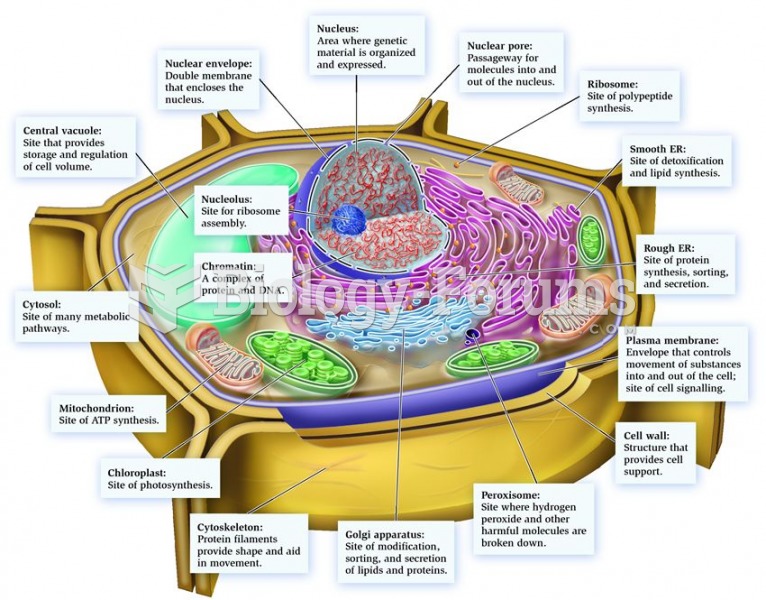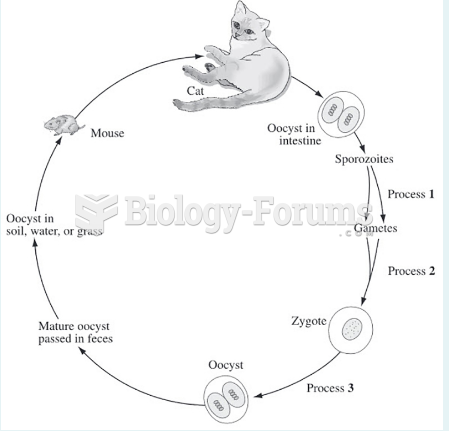Answer to Question 1
Michael Gottfredson and Travis Hirschi's general theory of crime (GTC) is a developmental theory that modifies and redefines some of the principles articulated in Hirschi's social control theory by integrating the concepts of control with those of biosocial, psychological, routine activities, and rational choice theories. In their general theory of crime, Gottfredson and Hirschi consider the delinquent offender and the delinquent act as separate concepts.
Gottfredson and Hirschi attribute the tendency to commit delinquent acts to a person's level of self-control. Low self-control develops early in life and remains stable into and through adulthood. People with limited self-control tend to be impulsive; they are insensitive to other people's feelings, physical (rather than mental), risk takers, shortsighted, and nonverbal. They have a here and now orientation and refuse to work for distant goals; they lack diligence, tenacity, and persistence. Impulsive people tend to be adventuresome, active, physical, and self-centered. As they mature, they often have unstable marriages, jobs, and friendships. People lacking self-control are less likely to feel shame if they engage in deviant acts and more likely to find them pleasurable. They are also more likely to engage in dangerous behaviors that are associated with criminality.
Because those with low self-control enjoy risky, exciting, or thrilling behaviors with immediate gratification, they are more likely to enjoy delinquent acts, which require stealth, agility, speed, and power, than conventional acts, which demand long-term study and cognitive and verbal skills. And because they enjoy taking risks, they are more likely to get involved in accidents and suffer injuries than people who maintain self-control.
Gottfredson and Hirschi trace the root cause of poor self-control to inadequate childrearing practices. Parents who are unwilling or unable to monitor a child's behavior, to recognize deviant behavior when it occurs, and to punish that behavior will produce children who lack self-control.
Answer to Question 2
Circular reasoning. Some critics argue that the theory involves circular reasoning. How do we know when people are impulsive? Is it when they commit crime? Are all criminals impulsive? Of course, or else they would not have broken the law
Personality disorder. It is possible that a lack of self-control is merely a symptom of some broader, underlying personality disorder, such as an antisocial personality, that produces delinquency.
Racial and gender differences. Although distinct gender differences in the delinquency rate exist, there is little evidence that males are more impulsive than females. Similarly, Gottfredson and Hirschi explain racial differences in the delinquency rate as a failure of childrearing practices in the African American community. In so doing, they overlook issues of institutional racism, poverty, and relative deprivation, which have been shown to have a significant impact on delinquency rate differentials.
People change and so does their level of self-control. The general theory of crime assumes that delinquent propensity does not change; opportunities change. However, social scientists recognize that behavior-shaping factors that are dominant in early adolescence, such as peer groups, may fade in adulthood and be replaced by others, such as the nuclear family.
Gottfredson and Hirschi discount the influence of environmental factors: low self-control produces delinquency notwithstanding the characteristics of the adolescent's social world. This issue has become a center of some contention. Some research indicates that an adolescent's social world does mediate the influence of self-control on crime.







